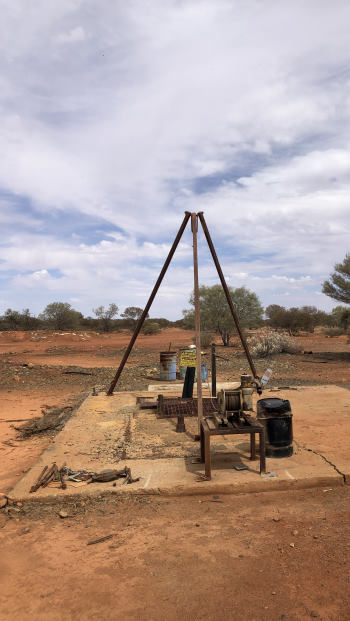Eaglehawk Project
The gold mineralisation at Victory Metals’ Eaglehawk mine occurs in sulphidic (mostly pyrite with minor chalcopyrite) quartz lodes within chloritized mafic schists.
Eaglehawk Project
The gold mineralisation at Victory’s Eaglehawk mine occurs in sulphidic (mostly pyrite with minor chalcopyrite) quartz lodes within chloritized mafic schists.
The gold mineralisation at the Victory Metals Eaglehawk mine occurs in sulphidic (mostly pyrite with minor chalcopyrite) quartz lodes within chloritized mafic schists. The strike of the shear zone is in a northeast to southwest direction.
The Eaglehawk resource has been partially mined down to 59 m and worked for only 39 m in length. Modelling suggests the mineralisation is 170 m long and remnant gold still exists within the hanging-wall and footwall of the development drives and at depth. Face sampling by previous owners along this underground drive suggests the lode has an average grade of 10 g/t Au.
There is also evidence of additional hanging-wall and footwall ore shoots at Eaglehawk. In a hanging-wall position, an exposed sulphide rich quartz lode measures 90 cm wide at the 60 m level in the bogger chamber.
Mineralisation at the Eaglehawk mine remains open down dip as several holes did not intersect the down dip projection of the mineralisation. Additional drilling will help to better understand the geology and grade continuity at Eaglehawk. SRK have recommended an orientated diamond drilling program, totalling 1,800 m, in order to:

Victory has developed a drilling plan and budget plan and budget and a programme of work approved for the Eaglehawk prospect by the Department of Mines, Industrial Relations and Safety.
